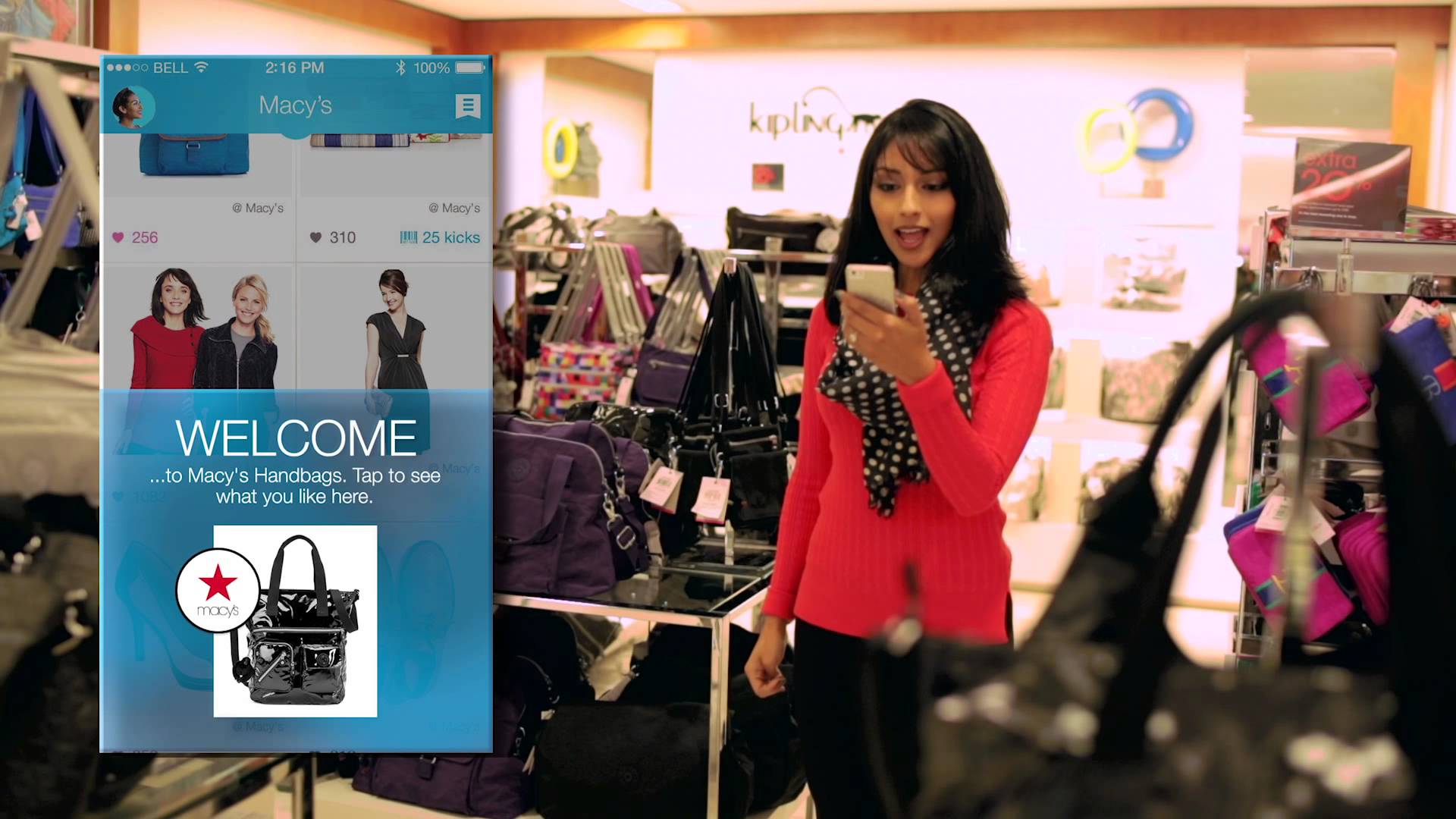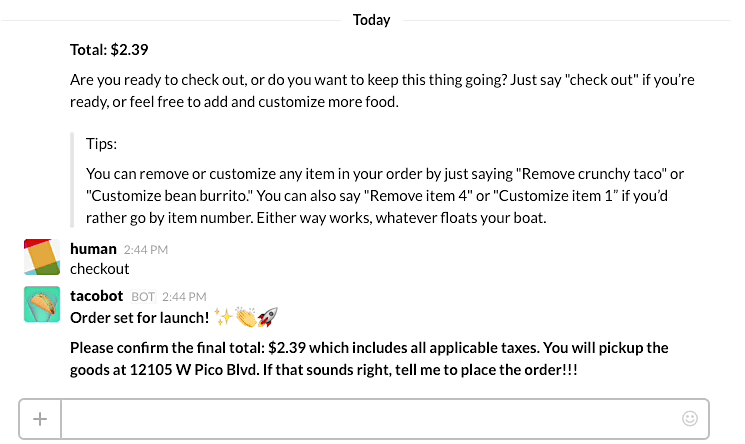Since Alex Rampell first coined the term O2O (online-to-offline) in 2010, we’ve seen many businesses jumping onto the O2O bandwagon. But have you ever really thought about why? Other than putting the latest buzz words in a company report, what are the real benefits of an O2O strategy?
At a high level, there are 3 key benefits:
- Brand reputation / appropriation
- Revenue and loyalty
- Time to market
And in many cases, businesses employing an O2O strategy also benefit from business process efficiencies and associated reduction in operating costs.
Online-to-offline commerce is a business strategy that draws potential customers from online channels into physical stores. Online-to-offline commerce, or O2O, identifies customers in the online space – such as through emails, SMS, social media, and apps – and then uses a variety of tools and approaches to entice the customer to leave the online space. This type of strategy incorporates techniques used in online marketing with those used in brick-and-mortar marketing, as well as the relatively new but fast evolving proximity based technologies. (e.g. beacons and the Physical Web).
Since the introduction of the internet, retailers have been concerned that they are not able to compete with e-commerce companies that purely sell goods online, especially in terms of price and selection. Physical stores require high fixed costs (rent) and many employees to run the stores; and because of limited space, they are typically unable to offer as wide a selection of goods. Online retailers can offer a vast selection without having to pay for as many personnel, and only need access to shipping companies in order to sell their goods.
That said, currently around 90% of retail sales still happens “offline”. So while there is still much room for growth for online only retailers, I don’t foresee that shops will disappear from our highstreets any time soon.
But it is now critical for offline businesses to embrace online channels and the associated technologies and online capabilities. Why is it critical now? Well, the smartphone of course. There are around 2Billion people in the world have a smartphone (and this is set to rise to over 2.7Billion in the next few years). Which means that over 2 billion people are online whenever they want and wherever they are sat (i.e. customers are no longer just online when sat in their office or at home on their desktop). Furthermore, according to Deloitte Digital, 84% of store visitors reach for their devices before or during a shopping trip. And the surging digital influence calls upon retailers to redefine marketing, the store associate’s role and in-store technology.
Today, consumers largely prefer to navigate the aisles and the checkout without a store associate’s help. And over 80% of shoppers prefer to obtain product information on their own device or from an in-store device like a kiosk, rather than ask a sales associate.
Most companies that have both an online presence and an offline presence (physical stores) treat the two different channels as complements rather than competitors. The goal of online-to-offline commerce is to create brand, product and service awareness online, allowing potential customers to research different offerings and then visit the local brick-and-mortar store to make a purchase.
Techniques that O2O commerce companies employ include in-store pick of items purchase online, allowing items purchased online to be returned at the physical store and allowing customers to place order online while at the physical store. These techniques are evolving, as the underlying technology and platforms evolve and become more sophisticated. A couple of O2O techniques that are in infancy but will become more commonplace over the course of the next couple of years, are micro-location based services, the ability to pay for your goods online while in the store (rather than having to wait in line at the cashier terminal) and interacting with “bots” or virtual assistants.
The rise of online-to-offline commerce has not eliminated the advantages that e-commerce companies have. Companies with brick-and-mortar stores will still have customers that visit physical stores in order to see how an item fits or looks, only to ultimately make a purchase online (referred to as “showrooming”).
Therefore, the goal is to attract and engage a certain type of customer that is open to walking or driving to a local store, and enjoys shopping in a physical store, rather than wait for a package to arrive in the mail.
And the techniques that a company uses to effectively and efficiently attract and engages these customers online varies by store category.
The best O2O strategy is one that is focused on leveraging the many latest online capabilities (e.g. mobile wallet, SMS, apps, bluetooth beacons, physical web, big data etc..) to deliver a truly engaging experience for the customer when the customer is out-of-store, near-store and in-store. i.e. delivering more value at each step of a shopping experience:
- Making it more enticing to visit a store;
- Making it more engaging, exciting, personal and informative when in store;
- Making it easier to ‘transact’;
- Making it more convenient to maintain a relationship / personal dialogue with the customer after they leave the store;
- Making it easy for customers to share their experience and promote your store.
By providing more convenience, personalisation and engagement for the customers when in store, the customers feel they get more value by shopping in the physical store than they do by shopping online.
An O2O strategy will improve your brand reputation, increase your revenue and loyalty, and accelerate your speed to market. And to top it all, you’ll be doing your bit to make physical world shopping experience cool and exciting.
If you enjoyed this article you might also like this article, sharing an O2O marketing and customer engagement approach that can be easily and quickly implemented by any high street business.
















